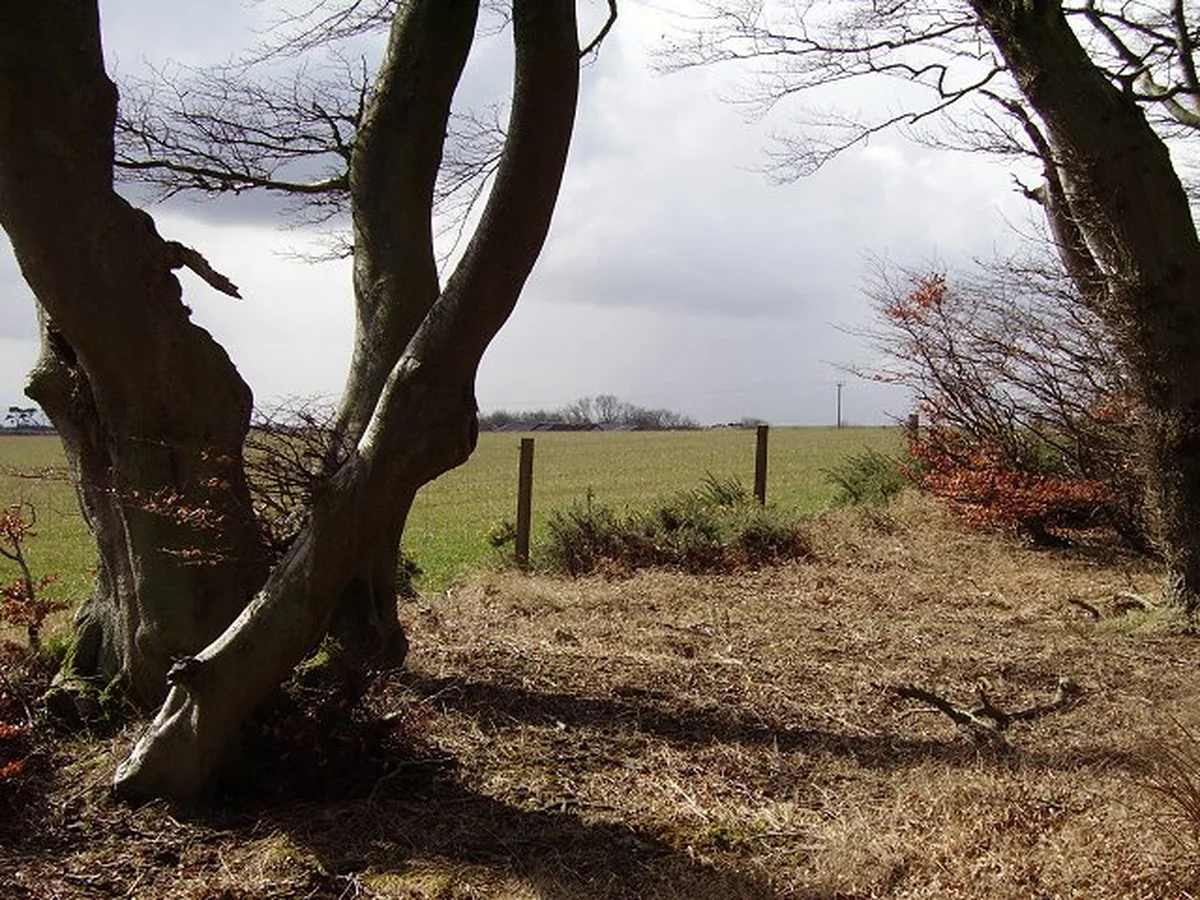Shoelaces are a control system for the foot. They don’t just close shoes; they tune pressure, stability, and style across cultures and centuries.
Archaeology shows laced footwear wherever cold, terrain, or labor demanded security. The basic loop‑knot dance survived because it’s quick, adjustable, and repairable.
This history ties materials, knots, and culture together—showing how a thin cord shaped comfort and identity.
Ancient Laces and Early Footwear
Early laces were leather thongs threaded through slits in hide or felt boots. They solved fit and kept debris out. In icy climates, tight lacing helped trap warmth and stabilize ankles on rough ground.
Metal or bone tips—primitive aglets—stiffened ends to ease threading. The idea spread wherever shoes met labor and weather.

Materials, Weaves, and Durability
Cotton and hemp laces dominated until synthetics introduced abrasion resistance and low stretch. Flat laces increase contact area and friction; round laces slide easier through eyelets but may loosen sooner if the knot is wrong.
Woven patterns, core fills, and heat‑molded tips affect longevity. Sports shoes use blends that balance knot security with quick adjustments.

Knot Science and Everyday Use
Not all bows are equal. The square (reef) knot resists twisting better than the common granny variant. ‘Ian’s fast lace’ popularized a speedy, symmetrical bow that holds through activity.
Lacing patterns—crisscross, straight bar, heel lock—redistribute pressure on the vamp and around the ankle. Runners tweak patterns to relieve hot spots or improve heel hold.

Fashion, Uniforms, and Signals
Laces telegraph identity: waxed cotton on dress shoes, neon on sneakers, specific colors for teams and subcultures. Workplaces sometimes encode safety—no trailing ends near machines, contrasting colors for inspections.
Customization exploded with sneaker culture; extreme lengths, reflective threads, and printed messages turned laces into tiny billboards.
Maintenance, Replacement, and Sustainability
Frayed tips can be heat‑sleeved or metal‑capped. Proper length prevents dragging and tripping. Replacements revive shoe fit at low cost.
Bio‑based fibers and recycled polymers are rising, while quick‑lace and BOA dials offer alternatives where speed outruns tradition.
Curiosities and Fast Facts
- Aglets likely saved untold hours of threading throughout history—small parts with big time savings.
- Lace patterns can change perceived shoe size and shape in fashion styling.
- Mountaineering lacing customs prefigure modern ‘runner’s loop’ heel locks.
Conclusion
Shoelaces prove that tiny components can govern comfort and performance. They bind craft, sport, and style into a daily ritual that rarely gets credit.
